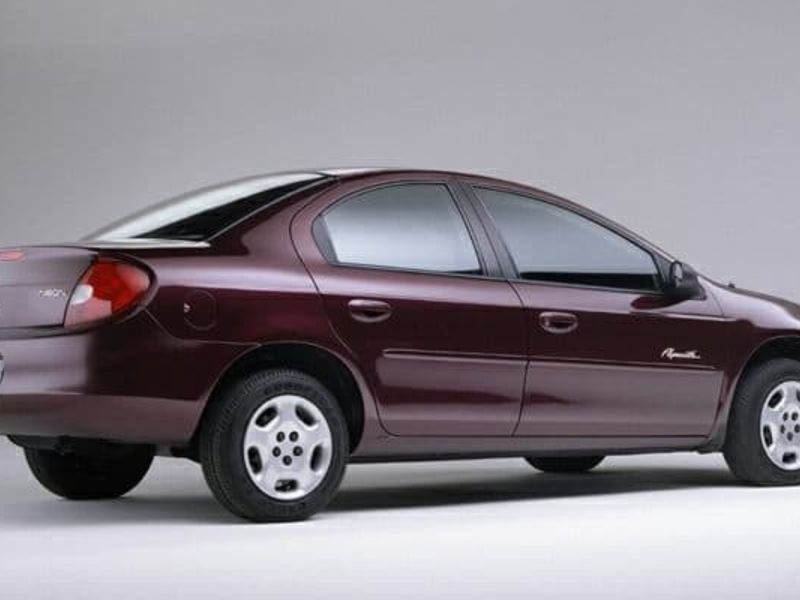
After a nearly 75-year run, Plymouth, Chrysler’s entry-level brand, bids farewell when a silver Neon LX with a 2.0-liter engine and five-speed manual transmission, rolls off the assembly line in Belvidere, Ill., on June 28, 2001.
Darrell Davis, Chrysler’s vice president for parts and service operations, purchased the $18,210 Neon for his vintage automobile collection.
Walter P. Chrysler created the Plymouth brand in 1928 to draw entry-level customers and compete with Chevrolet and Ford.
The name was inspired by Plymouth Rock and the first Pilgrim colony in the U.S., and the Mayflower ship was stamped on the radiator.
The first Plymouth, the Model Q, was publicly shown at Madison Square Garden in New York. It offered many features of more expensive Chrysler models, including available four-wheel hydraulic brakes and full-pressure engine lubrication.
The year 1928 proved monumental for the company and founder Walter Chrysler. Chrysler Corp. announced the acquisition of Dodge Bros. on May 30, opened the Chrysler Engineering Building on July 2 and completed the Dodge Bros. acquisition on July 31.
By doing so, Chrysler became the third-largest automaker in the world behind General Motors and Ford. The DeSoto car also debuted on Aug. 4, 1928.
The young Plymouth brand survived the Great Depression, needed just six years to sell a million vehicles, and became Chrysler’s top-selling brand from 1930 to 1978.
It joined Detroit’s pony car wars of the 1960s with the Barracuda and the muscle car battles with the Belvedere, SuperBird and Road Runner.
The brand’s U.S. sales peaked in 1973 at nearly 750,000 behind models such as the Road Runner.
Plymouth was also at center stage when Chrysler CEO Lee Iacocca introduced a new product in November 1983: front-wheel-drive minivans in the form of the Plymouth Voyager and Dodge Caravan.
But Plymouth had trouble competing with American and Japanese rivals in the 1980s. Chrysler executives approved one last wave of products in the mid-1990s to see if Plymouth could survive.
The compact Neon debuted in 1994, followed the next year by the Breeze, a midsize sedan. The Plymouth Prowler, a classic roadster made of aluminum with exposed front suspension, was launched in 1996.
Then there was the PT Cruiser, arguably one of Chrysler’s more iconic cars in recent memory. It was initially slated to be a Plymouth model to help revive the brand’s U.S. sales.
But when Plymouth was killed, the car was spared and given life as a Chrysler. The PT Cruiser went on to generate sales of more than 1.35 million worldwide.
DaimlerChrysler, the parent company, announced in November 1999 that Plymouth would be discontinued after the 2001 model year. Chrysler transferred most of the Plymouth lineup to other brands: the Prowler and the Voyager became Chryslers; Dodge sold the Neon; and the Breeze was scrapped in 2000.

